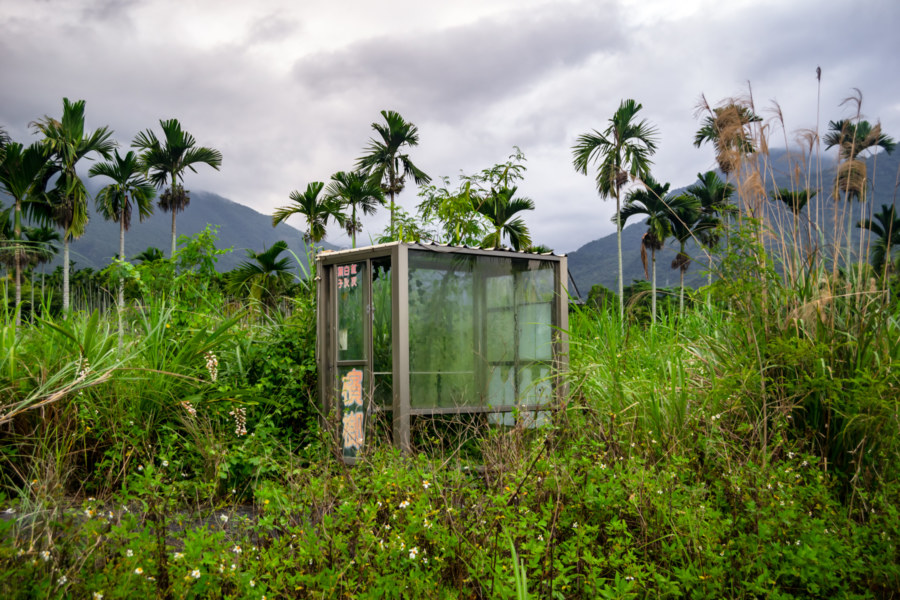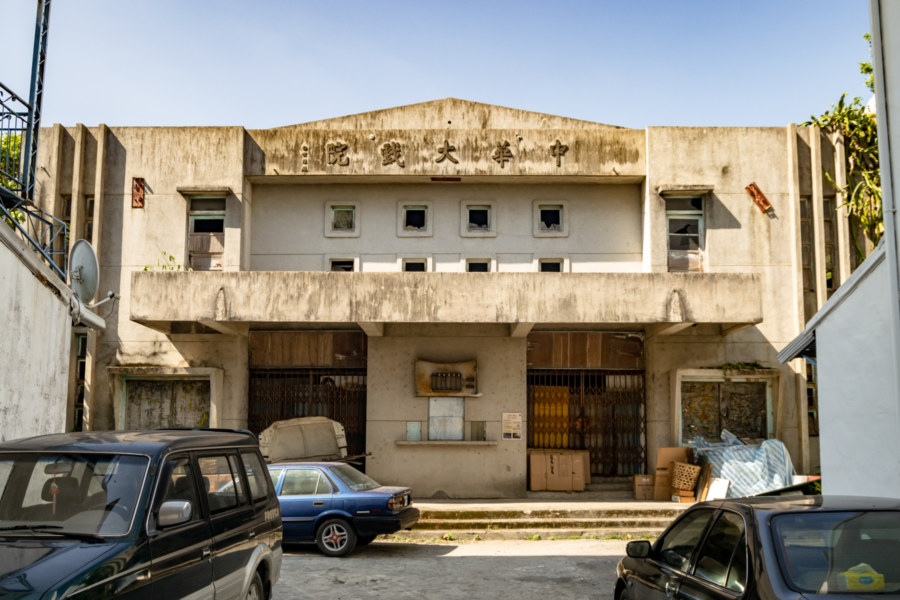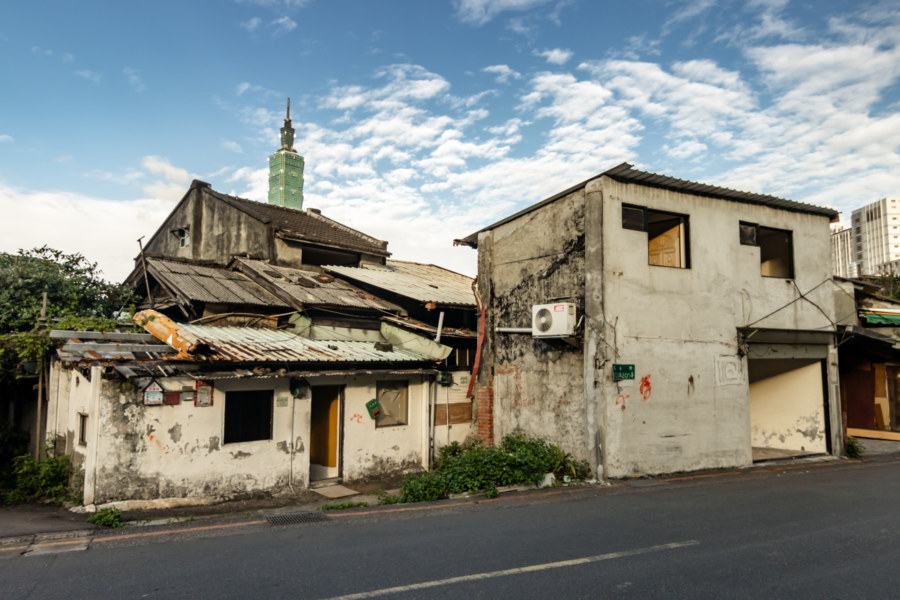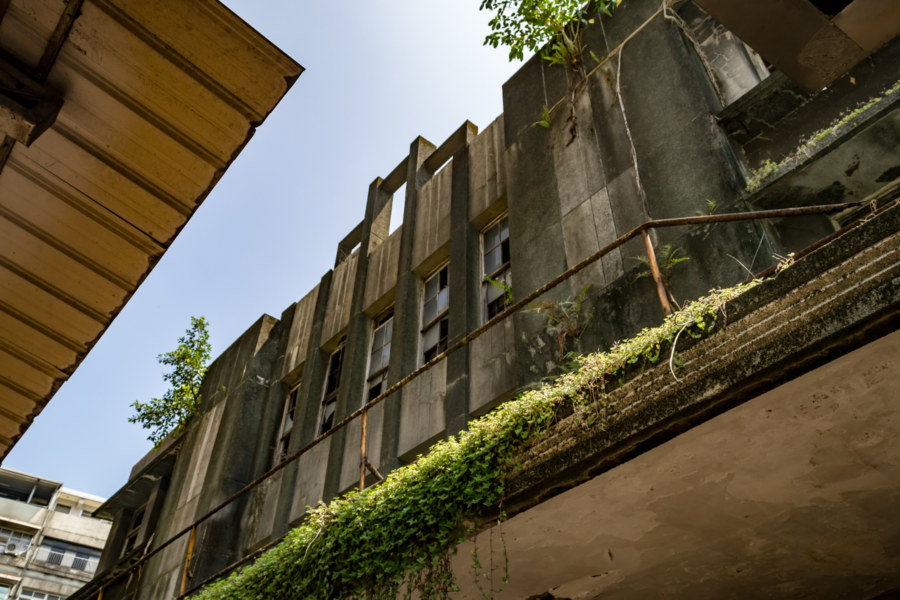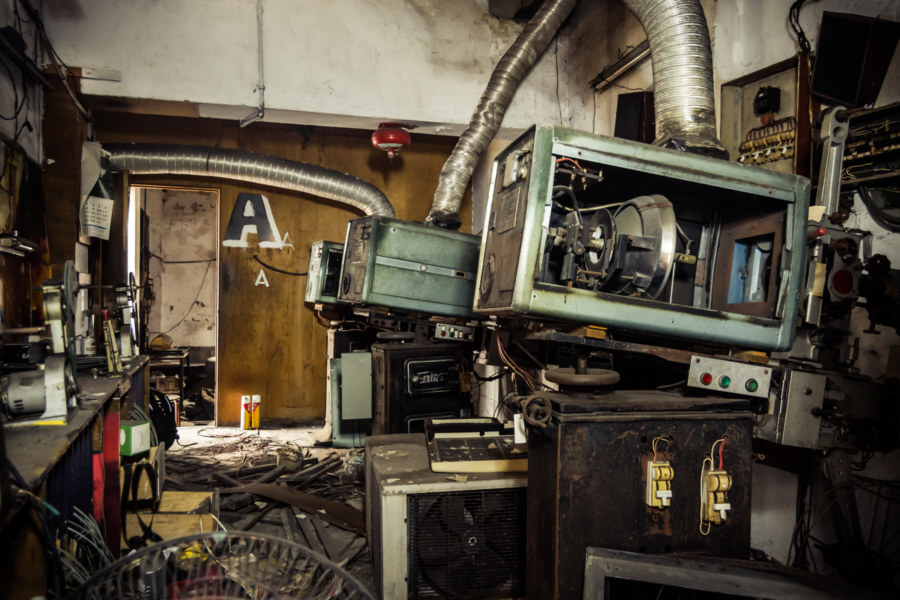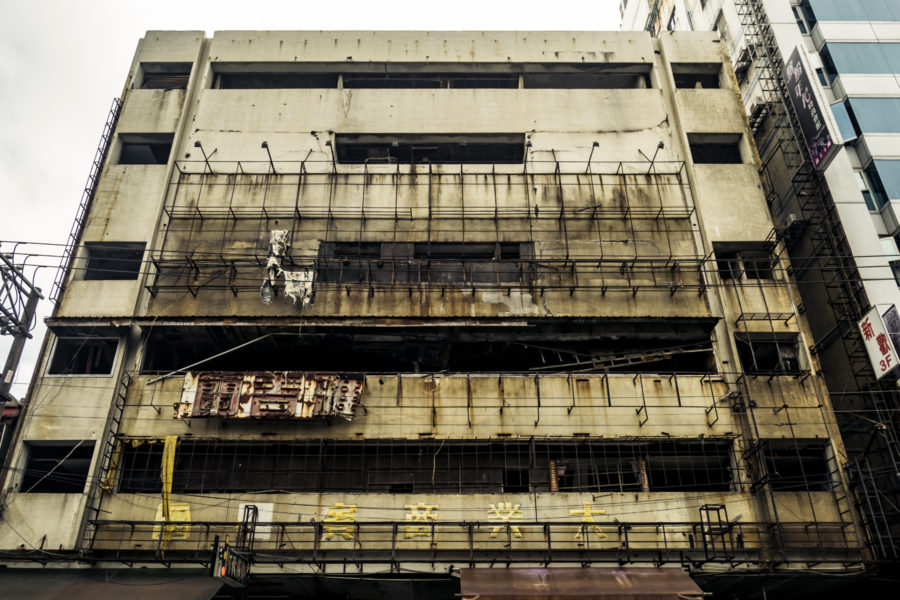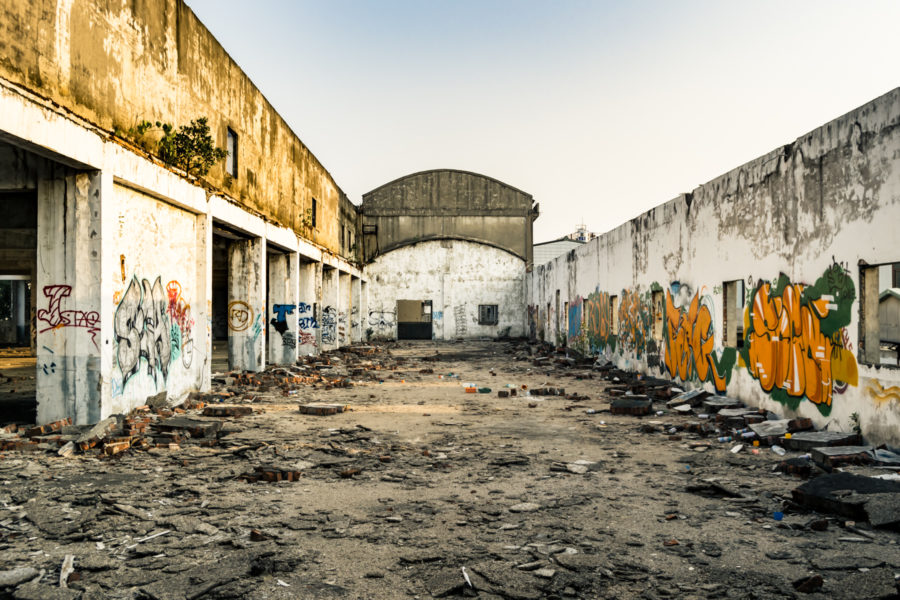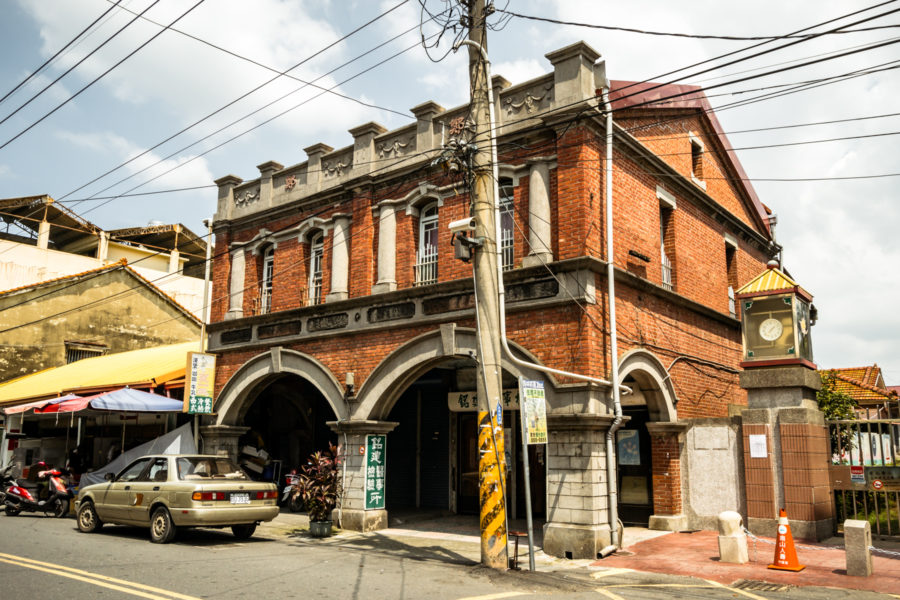My second day of riding Huādōng Valley (花東縱谷) in 2018 was not everything I hoped it would be. I didn’t manage a proper night’s rest due to a malfunctioning air condition and woke up feeling weak and dehydrated. With temperatures hitting 35°C on the road, and with fewer convenience store stops along the way, it turned out to be the most difficult day of riding on this particular trip back in May 2018. I originally planned to detour into the mountains to visit the village of Tóngmén (銅門) and cruise around Carp Lake (鯉魚潭) on my way south. Instead I elected to head straight down Provincial Highway 9 through Ji’an and Shoufeng into Fenglin to make up for lost time. Although I didn’t see nearly as much as planned I am glad to have an excuse to return to this part of Taiwan.
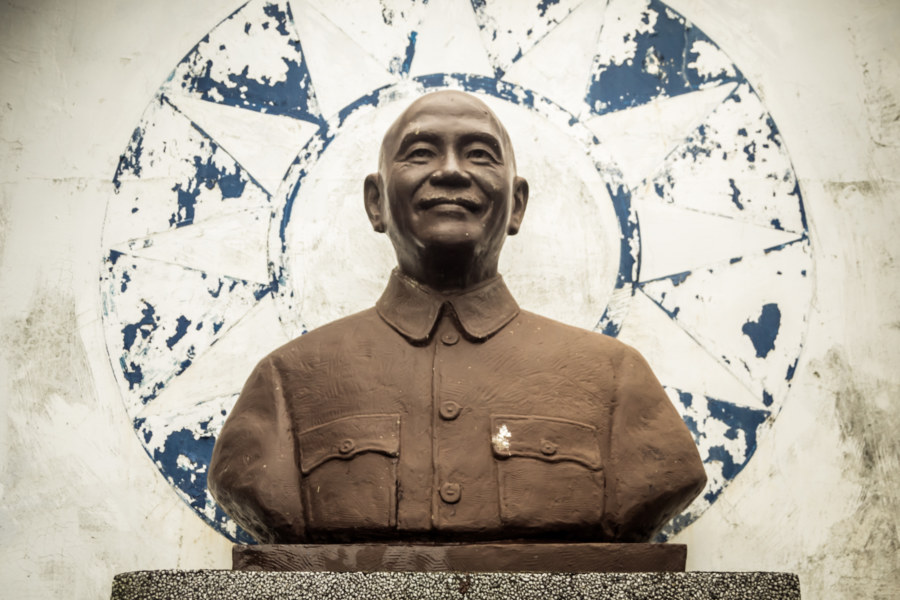
In the aftermath of World War II the Japanese authorities were expelled from Taiwan and the Kuomintang (KMT) invaded from China. Tensions between the local populace and the occupying force boiled over in the bloody February 28 Massacre in 1947, leading to the imposition of martial law and the beginning of the White Terror (白色恐怖) in 1949. For the purposes of this blog the time period from the end of the Japanese colonial era until the lifting of martial law in 1987 and its ultimate end in 1991 shall be referred to as the KMT authoritarian era.
Guanshan Zhonghua Theater 中華大戲院
Zhōnghuá Theater (中華大戲院) is an impressive KMT authoritarian era ruin in Guanshan, a small town of approximately 8,800 in the idyllic Huadong Valley of Taiwan. With seating for 1,200 patrons it was the largest theater in Taitung when it opened in 1965, and it soon earned the title “northern tyrant” (běibàtiān 北霸天) for dominating the cinema industry at this end of the county. What explains the existence of such a huge theater in this remote, sparsely populated place? As with the more modest and folksy Wǔzhōu Theater (五洲戲院) in neighbouring Chishang, a closer examination of regional socioeconomic history provides answers.
A Nameless Community in Xinyi District
Xinyi is among the richest and most expensive parts of Taiwan—but it hasn’t always been this way. Decades ago it was sparsely settled and far more industrialized, particularly around Wúxìng Street (吳興街), where I lived for several years in the late 2010s. This part of the city was once anchored by an immense army maintenance depot previously mentioned in this post, but the entire complex was demolished in the early 2010s, replaced by parking lots, basketball courts, and wide open fields. The former depot was surrounded by several military villages, all of which were also dismantled apart from the grim concrete apartment blocks of Wúxìng New Village (吳興新村) and, somewhat further north, the restored and revitalized #44 South Village (四四南村) across from Taipei 101.
Until recently there was also a cluster of what were probably illegal houses on the southern periphery of the former army depot. Nestled into a tiny patch of land next to the mountains and jutting into the factory grounds, this community was demolished in early 2017, but not before I made several visits to document its disappearance. There is nothing particularly noteworthy or unusual about this small community—and indeed, I can find no information about it whatsoever. This post serves only to document a nameless, unremarkable place, one of thousands disappearing into memory all across Taiwan.
Yuanlin Credit Union 員林信用合作社
Yuanlin Credit Union 員林信用合作社 was a small town bank from Yuanlin, Taiwan, that went out of business at the turn of the century. It originated with a Japanese colonial era credit union founded in 1914 and based out of a long-vanished red brick building directly across from Yuanlin Station 員林車站, a plot of land now occupied by the doomed Golden Empire Building 黃金帝國大樓. In the post-war chaos the original credit union was renamed and reorganized several times, eventually giving birth to the credit union that constructed this particular branch, possibly in the late 1960s or early 1970s.
Keelung Dahua Theater 基隆大華戲院
Dàhuá Theater 大華戲院 is an early post-war movie theater in the grim northern port town of Keelung City, Taiwan. It was in business as early as 1949 and officially registered by 1952. Beyond that, little trace of it can be found online. Until recently I assumed this theater had been demolished, just like every other vintage standalone in downtown Keelung, one of the most densely-packed urban environments in the nation. Acting on a tip that a signboard was still in place I went to scope it out one afternoon in 2018—and was completely surprised to find the theater still standing, albeit in an extremely dilapidated condition.
Zhongli Dadong Theater 中壢大東戲院
Zhongli is home to a surprising number of disused and abandoned cinemas, relics of a lost age of theater in this conurbation of half a million sprawling across the central Taoyuan Plateau 桃園台地. Decades ago there were nearly two dozen standalone movie theaters in town—but only Zhongyuan Theater 中源大戲院, one of two in Taiwan still displaying hand-painted movie posters, clings to life as of 2018. Most of the others have been renovated beyond recognition or demolished, but several more are derelict, hard-worn subjects of entropy. Among these relics there are none more alluring than the imposing Dàdōng Theater 大東戲院 (literally the “Great Eastern Theater”), former anchor of Zhongli’s long-vanished Cinema Street 戲院街.
Guobin Commercial Building 國賓商業大樓
Guóbīn Commercial Building 國賓商業大樓 is an ugly ruin in the heart of Zhongli, a city of around half a million people in Taoyuan, Taiwan. Built at the dawn of the booming 1980s, it was home to a variety of entertainment businesses over the years, and appears to have been mostly abandoned sometime around the turn of the millennium. Much to my surprise I’ve not found much about this place online, which suggests whatever newsworthy calamities befell this derelict commercial building predate the era of digital journalism. Without any sources to draw upon I can only make some educated guesses about what I captured during a brief visit in the early days of 2017.
Yicheng Cannery 義成罐頭工廠
The corpses of a thousand factories lay strewn across the plains of central and south Taiwan, stark reminders of an extraordinary period of economic growth in the latter half of the 20th century. Those located in more rural areas are readily forgotten and may remain derelict for years to come—but the more prosperous districts are busily excising these unsightly engines of economic growth from their urban landscapes. Progress is inconsistent, however, and it isn’t at all unusual to chance upon the hulking ruins of inner city factories that have yet to disappear. One such factory is the Yìchéng Cannery 義成罐頭工廠, an impressive complex hemmed in on all sides by residences in a network of winding alleyways not far from the train station in Yuanlin, the second-largest city in Changhua. No doubt this ugly eyesore will be demolished sometime in the near future—but in the meantime it has become a shadow world for local youth and curious outsiders such as myself.
Postcards From Ershui 二水明信片
Ershui is a rural township located in the southeastern corner of Changhua, bordering Yunlin and Nantou. Ershui Station 二水車站, constructed in 1935, is the primary point of transfer between the Main Line 縱貫線 of the Taiwan Railway Administration (TRA) and the Jiji Line 集集線, a tourist railway leading into the interior. Ershui, which literally means “two water”, is named after the Bābǎo Canal 八堡圳, an extensive system of artificial waterways still responsible for irrigating much of the Changhua Plain 彰化平原 three centuries after it was devised. During the Japanese colonial era this small town prospered as a center of woodworking while farmers in the countryside cultivated bananas, grapes, guava, and tobacco, among other crops. Nowadays it is mainly known as a sleepy stopover on the way to parts beyond—but a closer look will reveal several points of interest for anyone curious about Taiwanese history, architecture, and vintage style.
Hsinchu Xinyi New Village 新竹信義新村
Pictured here is a bronze bust of generalissimo Chiang Kai-shek in front of the faded emblem of the Kuomintang (KMT) in Xìnyì New Village 信義新村, a military dependents’ village in Hsinchu City. Chiang and the KMT retreated to Taiwan with more than a million Chinese soldiers and their dependents in 1949, bolstering an existing population of seven million Taiwanese. This instantly created a massive housing crisis—all those people needed places to live! The new regime attempted to address this through the development of hundreds of military dependents’ villages, gated enclaves of KMT soldiers and their families, but those were chaotic, desperate, and uncertain times, and many more ended up in informal and often illegal settlements all around Taiwan.
